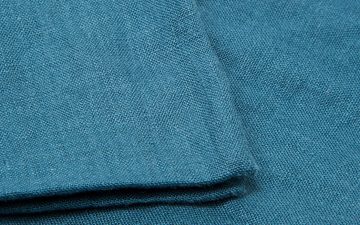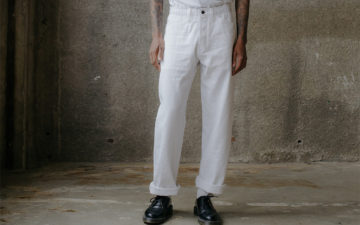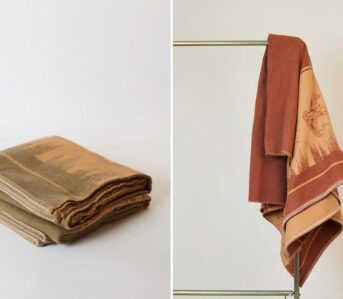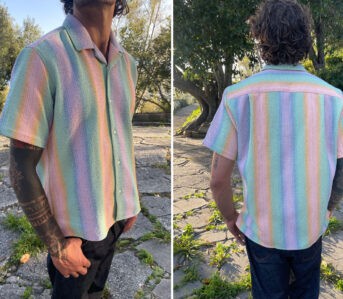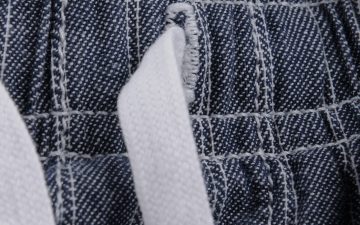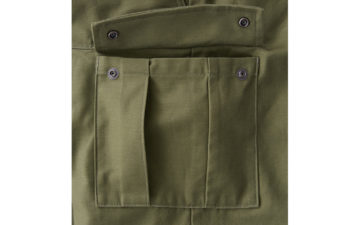Just like wallets and other commonly used leather goods, there are different tiers of leather belts, separated by their quality, features, and craftsmanship. Here at Heddels, we endeavor to help our readers understand and choose things that are useful, long-lasting, and authentic, so it only makes sense that we add a buyer’s guide for leather belts — one of the most commonly used accessories in the world —to our Three Tiers series.
If your mind has ever boggled at some of the $150+ belts we have featured at Heddels, this guide is for you. We’re not trying to criticize your belt choices here; we’re simply honing in on the small, yet important differences that set different qualities of leather belts apart.
Entry Level (Sub $50)
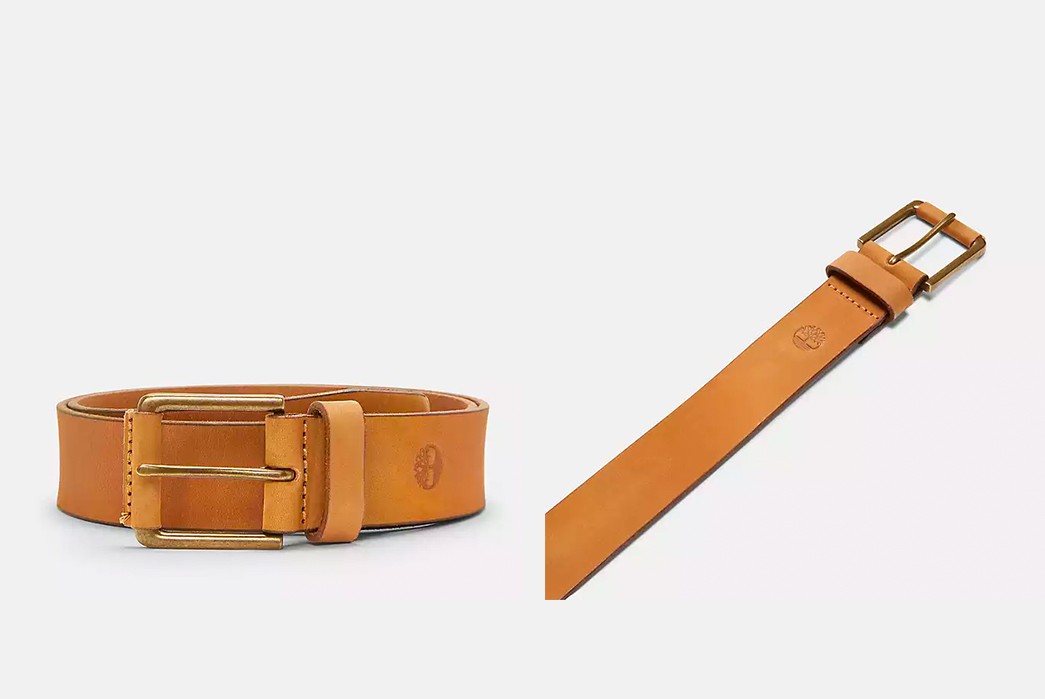
Timberland 40mm Nubuck Belt, available for $48 from Timberland.
This level covers anything from a cheap belt bought at Walmart to a branded leather belt that falls within this price range. At this price point, belts will typically be made from lower-grade leather with a standard metal buckle. They will also be either mass-produced or made in high quantities.
Ornate designs and colorways can still be achieved, here, and functionality will still be there, but you can expect the leather to dry out over time and maybe even some stitching failure depending on the maker. Leather may be coated or treated to add luster and attract buyers, but this will deteriorate over time, reducing visual appeal and potentially leaving the cheaper leather vulnerable to water damage. The
If you look after your goods, there is no reason why you couldn’t make a belt from this category last a long time, but it is unlikely that said belt will look amazing or be very special unless, of course, you have a sentimental attachment to it.
Makers of entry-level leather belts include:
Mid Tier ($50 – $100)
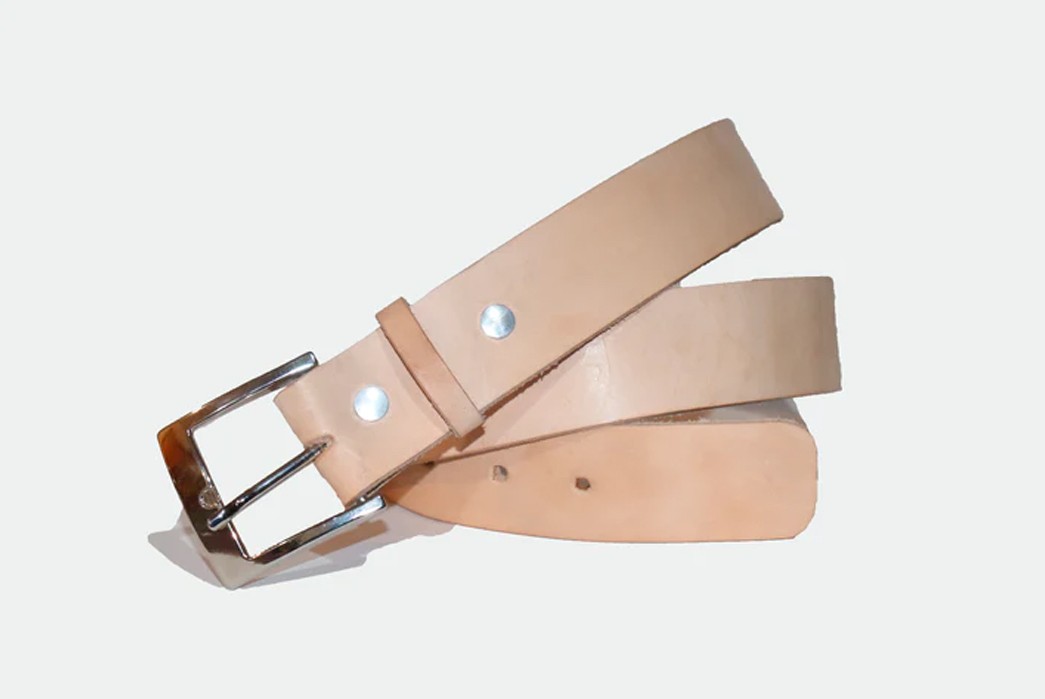
Cordobes Boots Natural Veg Tan Belt, available for $69 from Cordobes Boots.
Spending an extra $30 can go a long way if you know where to look in the world of leather goods. You can go from a mass-produced leather belt to a higher quality piece made by a leather craftsperson without really breaking the bank, and in our opinion, that’s a better way to go.
The key differences when you enter this tier of belts are leather quality and construction levels. Expect (and seek) full-grain leather that has been processed in a way to improve its appearance and longevity – no glossy artificial finishes or coatings – just high-quality tanning and leather finishing. You start to see hand-cut leather (rather than straps that have been machine cut en-masse) which has been finished with waxed edges to prevent them from fraying, and more ornate/clean belt holes.
It’s worth mentioning that in this price range, you will find branded leather belts that, whilst falling anywhere within this price range, aren’t much better than some entry-level belts. You would be quite surprised to compare a $50 belt from a brand like Timberland or Eddie Bauer to a $50-60 belt from someone like Warfield & Grand or Cordobes. Or to compare a $70-100 Gant or Polo Ralph Lauren belt to a similarly priced belt from makers like Unmarked, or WP Standard. With larger, more corporate brands, a lot of your dime is going towards marketing, branding, and the costs of running an international business — not the overall quality and integrity of the item purchased.
In short, focus on leather and hardware quality as well as where the belt is made and by whom. Seek out a smaller maker who specializes in leather goods and your money will likely be much better spent.
Makers of mid-tier leather belts include:
- Thursday Boot Co.
- Corobes Boots
- Warfield & Grand
- Unmarked
- Grown & Sewn
- J. Crew
- Polo Ralph Lauren
- WP Standard
- Sage
End Tier ($100+)

Pigeon Tree Crafting 1.5″ Sedgwick English Bridle Quick Release Belt, available for $190 from Pigeon Tree.
The end tier is where you will find the best belts in the land if you know where to look. At this level, you should expect one or more of the following features at a minimum:
- Full-grain leather from a reputable tannery
- High-quality buckle
- Made in small batches or to order by a highly experienced and committed leatherworker
- Nuanced finish to the leather and/or buckle, or with added inlays/jewelry i.e. concha
- Details on thread weight/material.
- Top-class finishing, including waxed edges.
Belts at this level can fetch prices of up to $200 and beyond, but you can get a belt for life for around the $100 mark. At Heddels, we see end tier belts as belts of the highest quality, made by skilled and experienced leatherworkers committed to their craft and making the most formidable leather goods possible. An example of this would be a maker like Pigeon Tree. Isaac is not only a master leatherworker who sources leather from legendary tanneries like Horween and Herman Oak, but he also has a patented double-prong quick-release buckle (made in both Japan and England) that features on many of his belts.
Makers of end tier belts include:


